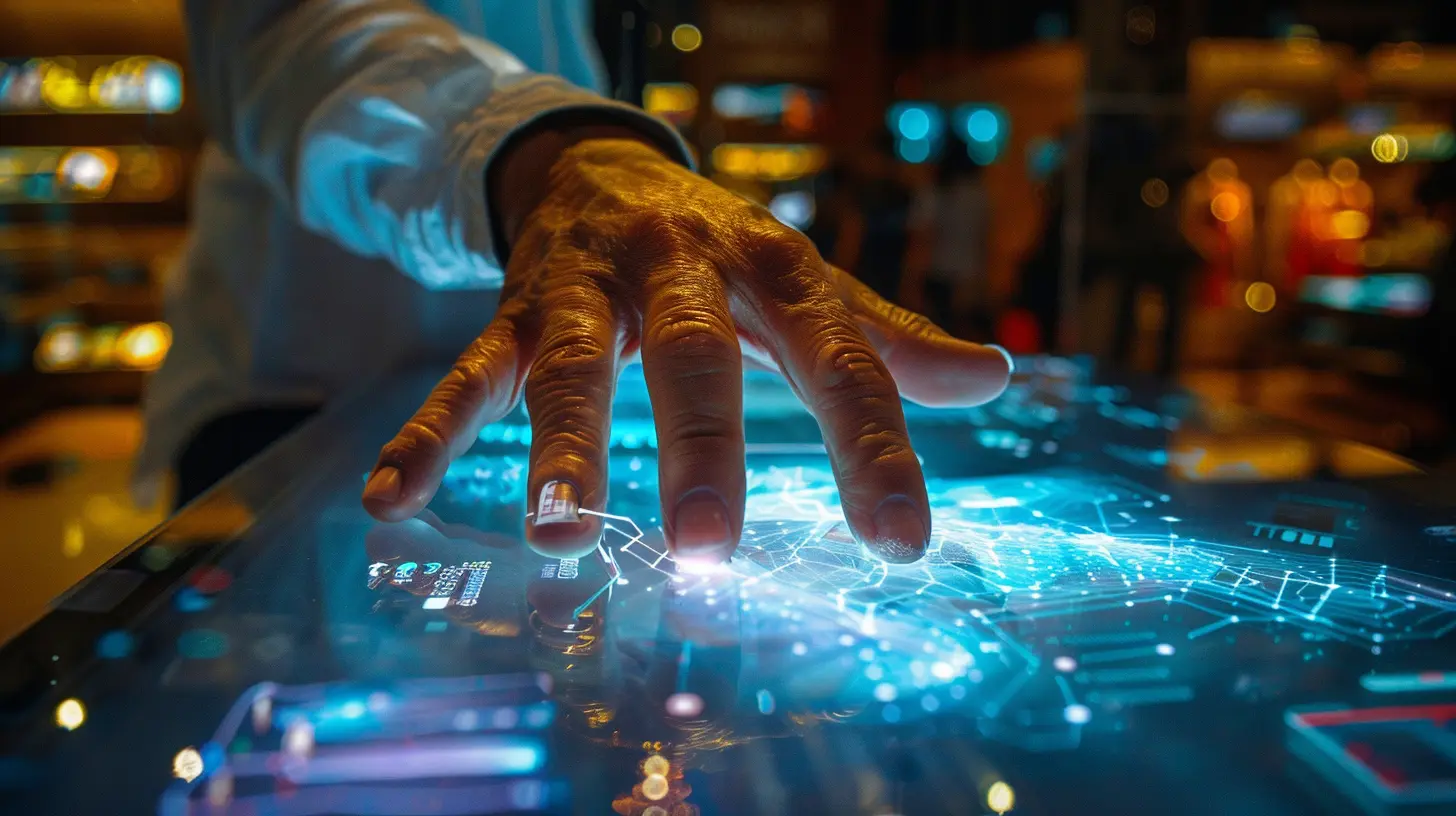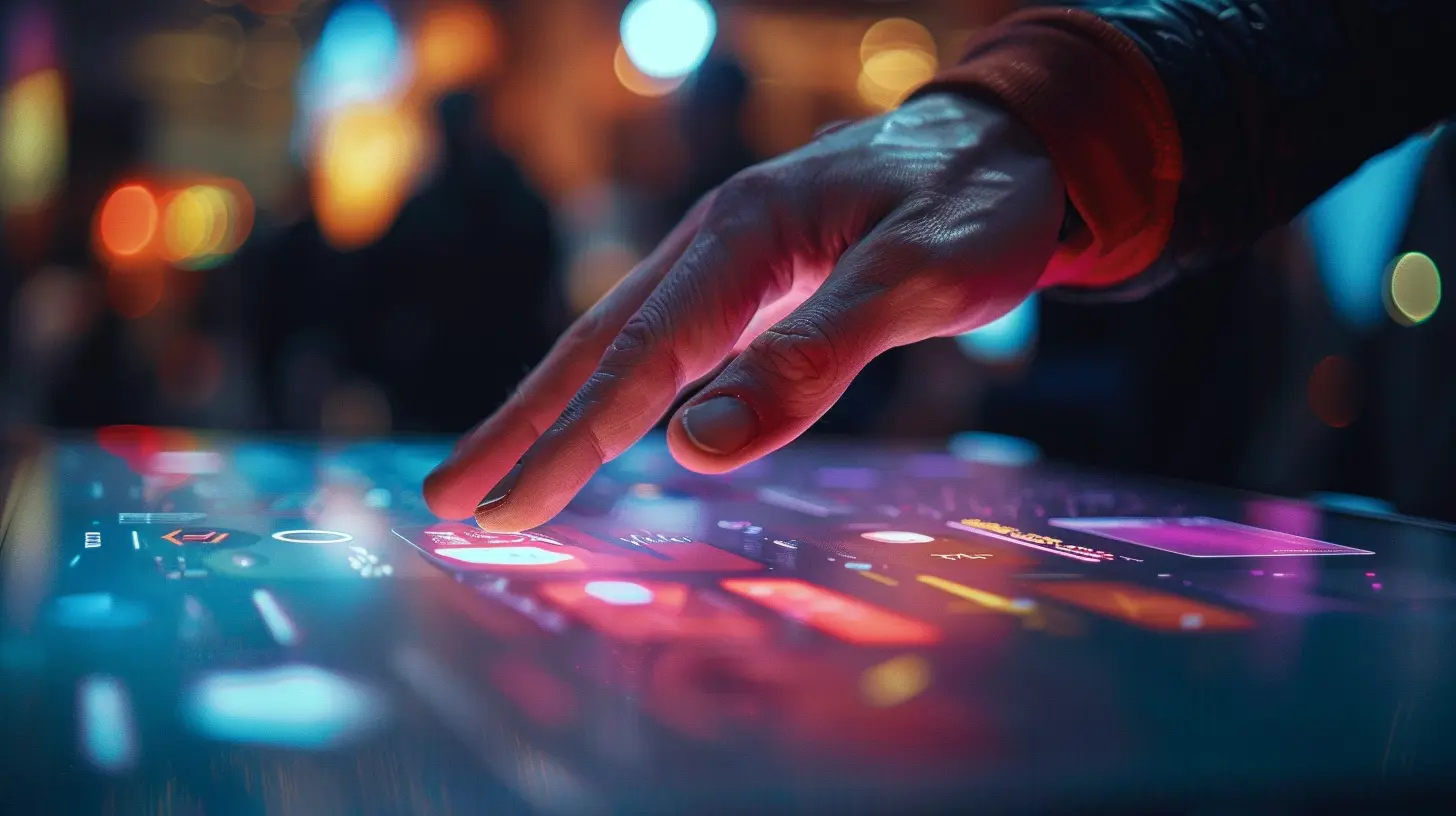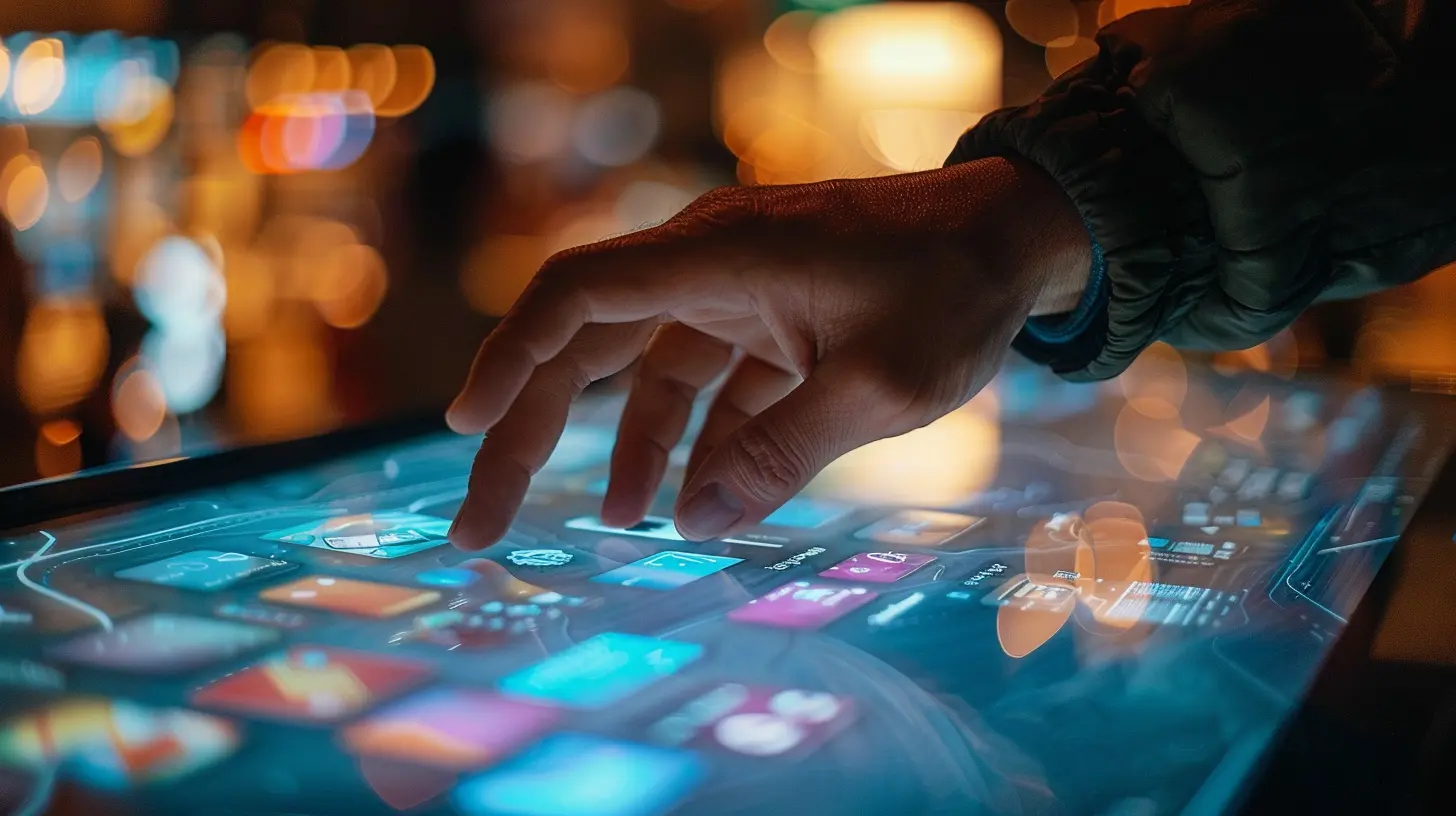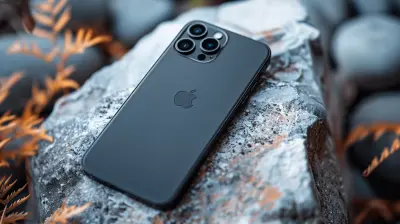Exploring the Connection Between Touchscreens and IoT
25 October 2025
So, there you are—wiping smudges off your tablet again, wondering how this sleek glass rectangle became such an inseparable part of your daily life. Whether you’re ordering pizza, adjusting your thermostat, or checking if your robot vacuum has eaten your socks again (don’t ask), touchscreens are everywhere. But what’s the real magic behind the glass? And how exactly do these tap-happy devices fit into the complex web of the Internet of Things (IoT)?
Well, buckle up, because we're about to dive into a quirky little love story between touchscreens and IoT—and trust me, it's more exciting than your smart fridge threatening to re-order kale.
What Is IoT, and Why Should You Care?
Let’s start with the basics, just in case you've been living under a Wi-Fi-less rock.IoT stands for the "Internet of Things." In not-so-nerdy terms, it's a network of physical things—devices, vehicles, appliances, you name it—that are connected to the internet. These objects collect and exchange data with each other. Think of it as a gigantic digital gossip circle where devices are constantly whispering about your habits: "She turned the coffee machine on at 7:03 a.m. again!"
IoT is the reason your thermostat knows you’re cold before you do, and why your smartwatch judges you when you skip leg day.
Touchscreens: The Front Door to the IoT World
At this point, it's hard to imagine life without touchscreens. They're the window—and the welcome mat—to most smart devices. From your smartphone to your smart fridge, from your car's dashboard to your fitness tracker, if it's smart, it's probably tappable.So, why are touchscreens such a big deal in the IoT ecosystem?
1. The User Interface Everyone Understands
Ever handed a tablet to a toddler? Within seconds, they’re watching cartoons in a language you didn’t know existed. That’s the power of an intuitive interface. You don’t need a manual to operate a touchscreen—your fingers know what to do.In the IoT universe, devices are getting smarter and more connected, but they need to be accessible. Touchscreens simplify all the complexity. They translate machine language into human logic. No buttons. No knobs. Just tap, swipe, zoom!
2. Real-Time Interaction
When you’re adjusting your smart lighting or changing the temperature on your smart air conditioner, you want immediate feedback, right? That real-time response gives us control—something humans love more than cats love sitting in boxes.Touchscreens make this real-time interaction seamless. They’re fast, responsive, and easy to update via software. And in the IoT world, where timing can be everything, this matters big time.
The Rise of Smart Devices with Touchscreens
Alright, now let's get into the nitty-gritty. Touchscreens aren't just random accessories attached to smart devices—they’re becoming the center stage of many IoT products. Here are a few examples that are turning heads (and tapping fingers):Smart Home Hubs
Devices like the Google Nest Hub or Amazon Echo Show blend voice recognition with touchscreen interfaces. You can ask the device to show your calendar, then tap on events to get more details. It’s like Siri and a tablet had a very competent baby.Smart Appliances
Refrigerators with touchscreens can show you recipes, play music, and even let you see what’s inside without even opening the door. It feels a bit like they're auditioning to become your kitchen’s new chef.Cars with Smart Dashboards
Modern cars now include touchscreen dashboards that control everything from GPS to music to... seat warmers (yes, seriously). These interfaces are connected to vehicular IoT systems monitoring traffic, engine diagnostics, and more.Wearables
Smartwatches and fitness trackers use mini touchscreens that let you swipe through your heartbeat, notifications, and even memes—because why not?
When Touch Met IoT: The Technical Tango
Now, let’s get slightly techie—just enough to show off at a dinner party.IoT devices are all about collecting and transmitting data. But how does that data get to you? And how do you give it instructions?
That’s where the touchscreen comes in. It acts as both an input and output interface:
- Input: You tap, swipe, gesture, and tweak settings on a device.
- Output: The device responds instantly to show changes, alerts, and data.
Behind the scenes, IoT devices are running on microcontrollers and embedded operating systems. When you touch a button on the screen, it sends a signal to the microcontroller, which then communicates with other devices in the network—either locally or through the cloud. All of this happens in milliseconds. Magic? Maybe. Engineering genius? Definitely.
The UX Factor: Why We Crave Screens We Can Touch
Users expect two things: speed and simplicity. And what better way to deliver that than with a big, beautiful touchscreen?Imagine trying to set up your smart home lighting using only a rotary phone. That’s a nightmare. Touchscreens provide a visual element with context. You can see your options, visualize outcomes (like how bright your living room will look), and adjust on the fly.
They create an emotional connection too. Yes, I said it—emotional. You touch it, and it responds. It's like a digital pet that actually listens to you.
Touchscreens and Edge Computing in IoT
Let’s talk edge like we’re in a cyberpunk novel.Edge computing is where data processing happens near the source of data—in our case, smart devices—rather than on a distant cloud server. You want instant control? Edge processing is your best friend.
Many modern IoT devices with touchscreens are equipped with onboard chips that handle data processing locally. That means:
- Faster response times
- More privacy (fewer data points sent to the cloud)
- Lower latency (no loading wheels of doom)
The touchscreen lets you interact with edge-powered devices like they’re thinking on their feet. Because, in a way, they are.
Challenges in the Touch-IoT Romance
It's not all sunshine and capacitive glass.Battery Life
Touchscreens, especially high-res ones, drain battery life. And when paired with IoT functions like Wi-Fi, Bluetooth, or sensors, energy use can spiral.Screen Size Limitations
Tiny smartwatches have tiny screens. While they’re great for a quick glance at weather or steps, you probably wouldn’t want to type your grocery list on one.Durability
Smart devices often live hard lives—touched a thousand times a day, exposed to elements, or dropped (oops). Adding screens means more ways for things to break.But don’t worry—advancements in materials (like Gorilla Glass) and design are helping solve these issues.
What's Next? Future Trends of Touch and IoT
You didn’t think this love story was over, did you? Things are heating up in the touch + IoT universe.Flexible Screens
Imagine a smartwatch that wraps around your wrist like a bracelet, fully interactive. Or a foldable smart home tablet that pops out of your wall like origami. Flexible OLED screens are making that possible.Haptic Feedback
You know how your phone vibrates when you type? Expect better, more tactile feedback across devices—feeling a virtual button like it’s really there.Voice + Touch Hybrids
Touch won't replace voice, and voice won't replace touch. The two will work together. Tap to wake, speak to command, swipe to adjust. It’s like a tech duet that nails the harmony.Smarter Context-Aware Interfaces
Let’s say your smart mirror recognizes you're groggy and automatically enlarges key buttons or simplifies options. Touchscreens will adapt to you, not the other way around.Final Thoughts: More Than Just a Pretty Face
Touchscreens aren’t just fancy windows into our devices. They’re the bridge connecting us to the ever-expanding IoT landscape. They simplify, personalize, and humanize the tech around us. Without them, the IoT would feel, well... a bit cold.So the next time you tap your smart light to dim before a Netflix binge, remember—you’re not just pushing pixels. You’re engaging with a dynamic duo that’s quietly reshaping how we live.
Fancy stuff, right?
all images in this post were generated using AI tools
Category:
Touchscreen DevicesAuthor:

Kira Sanders
Discussion
rate this article
1 comments
Zevros McCune
Embrace innovation! Touchscreens and IoT are shaping a smarter, more connected future for all.
October 28, 2025 at 12:44 PM

Kira Sanders
Thank you! Indeed, touchscreens and IoT are transforming how we interact with technology, paving the way for a more integrated and efficient future.


